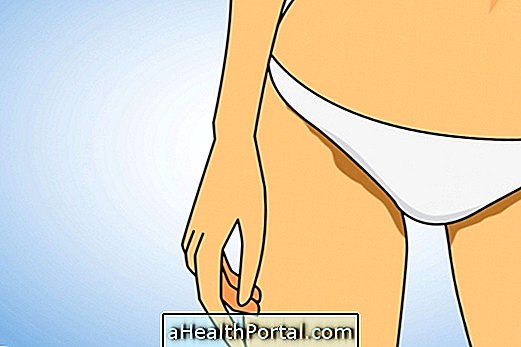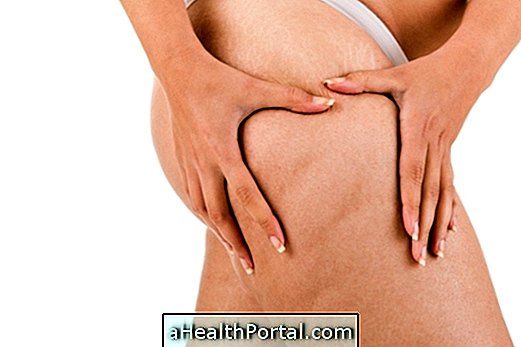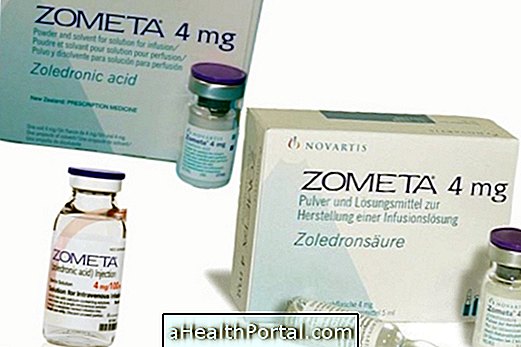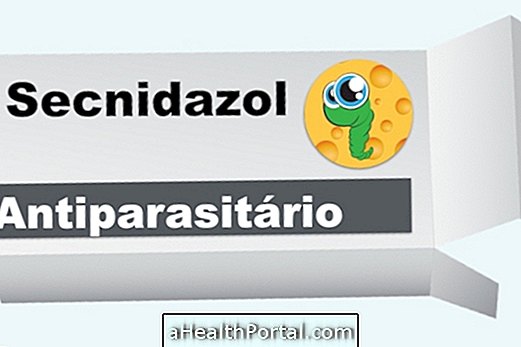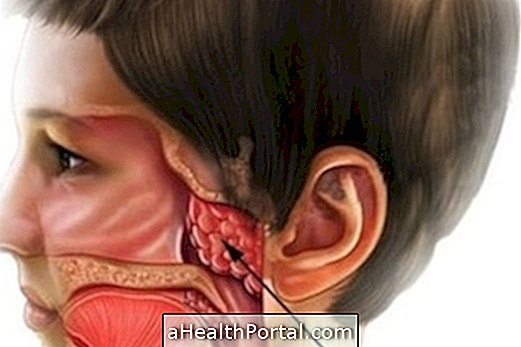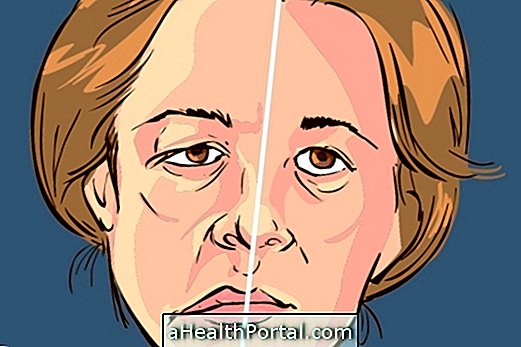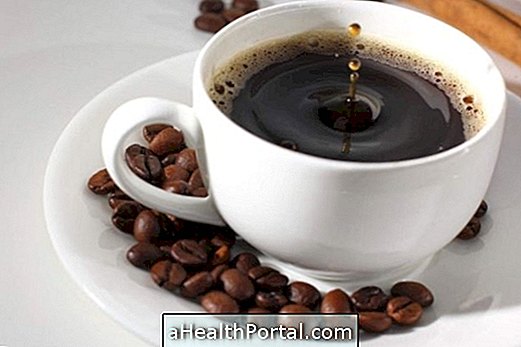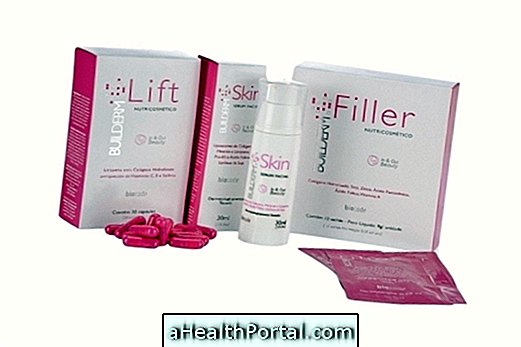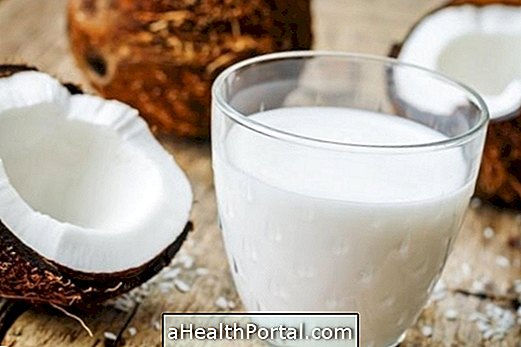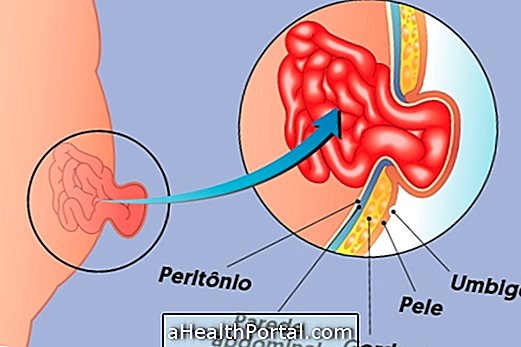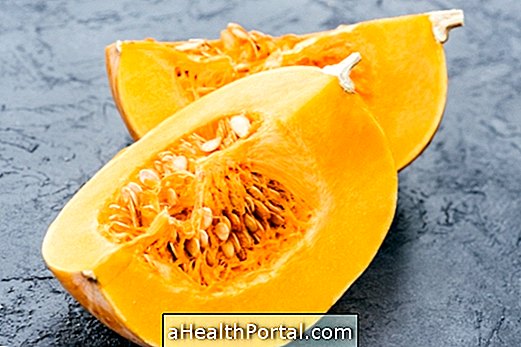Liposuction is a cosmetic surgery that is recommended in cases where it is not possible, through a balanced diet and regular physical exercise, to eliminate localized fat in places such as hips, thighs, buttocks, neck or belly.
However, liposuction is not only used to improve the shape and silhouette of the body, it can be part of the treatment of some health problems like lymphedema, gynecomastia, lipodystrophy or lipedema, for example.
Know the price and see how this surgery is done in: Liposuction.
What type of liposuction is right for you?
The type of liposuction most indicated varies according to the place to treat and amount of fat to be removed, however, the most commonly used types include:
- Tumescent liposuction: it is indicated to remove up to 2 liters of fat and, therefore, it is very used in smaller regions like arms, thighs, flanks or double chin. Learn more at: Tumescent liposuction.
- Ultrasonic liposuction: This technique first uses an ultrasound device to melt the fat, making it easier to remove and is indicated for cases in which it is necessary to remove more fat as in the upper part of the belly, sides or back.
- Laser Liposuction: It is a new technique that is done by applying a laser under the skin to melt the fat and aspirate at the same time. This technique should be evaluated in each case. Here's how it's done: Laser liposuction.
Thus, the type of surgery should always be discussed with the plastic surgeon in order to best adapt to the needs, producing better effects.
Usually, all types of liposuction are done with general anesthesia and so it may be necessary to stay overnight. However, in some cases of tumescent liposuction, local anesthesia may be used.
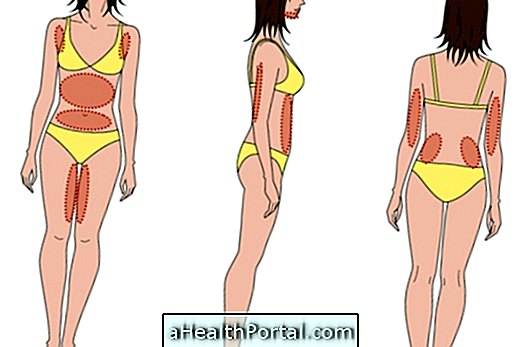
Risks of liposuction
As with any surgery, liposuction also has risks, but the chances of it happening are reduced. Some of the possible complications include:
- Bruises, which are dark spots on the skin and cause some pain;
- Flaccidity of the liposuction region;
- Organ perforation;
- Seroma, which is the accumulation of fluid.
Excess skin, which causes sagging in the aspirated area is more common in patients with very thin skin, with a chance of developing stretch marks or in people over 50 years. See more about the risks in: Liposuction risks.
This type of surgery instantly removes excess fat cells and so the result can be altered if you continue to eat excess fat because the fat may regain. In this way, liposuction should only be used after adopting a healthy lifestyle to ensure the best result, and should not be used as a treatment for overweight, only for localized fat removal.
Here's how you can improve it by lowering localized fat without using liposuction:
- Mesotherapy: technique to treat stretch marks and cellulite
- Getting started with slimming with food re-education
- Best exercise to lose weight



